The bodywork was not only designed by Pininfarina in Turin but, unlike the Daytona that had its bodies constructed by Scaglietti in Modena, GTC/4 bodies were also built by Pininfarina and then shipped to Maranello for completion. It is widely accepted that Pininfarina built their bodies to a much higher quality standard than Scaglietti. Thus, when comparing a 365 GTC/4 to a 365 GTB/4 of similar age and use, the 365 GTC/4 generally shows less age and wear. The 365 GTC/4 body is finished from steel with fiberglass floor pan, footwells, and firewall bonded to the chassis and an aluminum hood -- all of which resist corrosion.
Some critized the styling, questioning its apparently "un-Ferrari-like" simple appearance. In fact, the Italians nicknamed the 365 GTC/4 "Il Gobbone", or "the humpback" but the body lines have proven themselves graceful and timeless, as so many fine Pininfarina styles do. The main body line is very dominant, an unbroken graceful "S" curve which begins at the low frontal air intake, curving up over the front wheel wells, dipping slightly at the line of the cowl to end in a bold upward sweep along the lower edge of the rear quarter windows where it meets the line which extends the roof in another unbroken plane through the rear window and deck lid.
From a conceptual point of view, the 365 GTC/4 shares the wedge shape of the Daytona, with a long hood and a raked windshield that flows gracefully across the roof before descending across the rear window to the short Kamm tail. From the sides, the lines are extremely clean, elegant, and flowing.
The 365 GTC/4 is a much lower and more exotic looking car than the boxy GT4 2+2s that replaced it, and is more angular and modern looking than the 365 GTC or 365 GT 2+2 models that preceded it. The side profile is low and graceful, without the need for excessive scoops and ducts. The rear three-quarter view of a GTC/4 exudes restrained power and early seventies Pininfarina style.
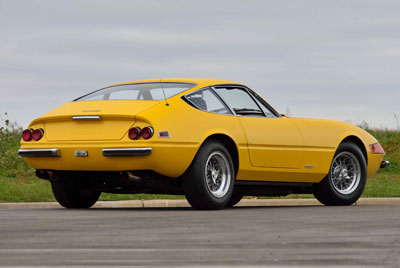
Introduced in 1968 and designed by Leonardo Fioravanti at Pininfarina, the 365 GTB/4 "Daytona" was assembled on the same lines at Ferrari as the 365 GTC/4. 1,406 were produced.
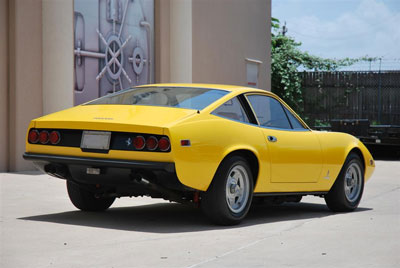
The first Ferrari to have rubber bumpers, 365 GTC/4 s/n 15817 in Giallo Fly. The Daytona and Dino were the last Ferrari cars to have chrome bumpers.
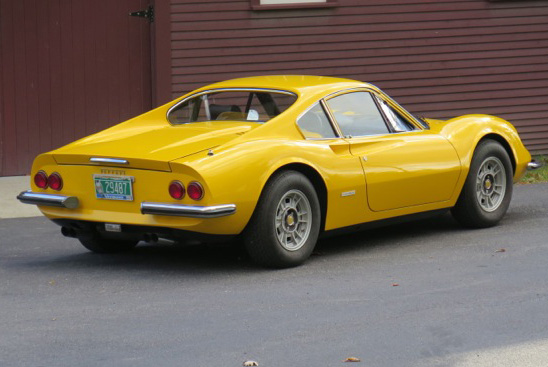
Introduced in 1968 and designed by Leonardo Fioravanti of Pininfarina, the 246 GT Dino was designed and built by Ferrari but marketed as a Dino. It was the first mass-produced car from Ferrari, with 3,761 built.
A number of interesting features were incorporated in the design for the GTC/4 and its lines become more and more attractive the closer they are studied. Most immediately apparent is the distinctive matte black synthetic resin noseband that replaced traditional chrome bumper trim for the front of the car, a detail unique to this model. Indeed, matte black was also used for the rear bumper and tail-light panel. Both features contributed to the refreshing lack of chrome and this cars cleanliness of line, a practice initially begun on the Daytona. While the black bumpers did not meet universal approval, they are quite tasteful compared to the huge units applied to the Lamborghinis of the time. Two other details worthy of mention were the extremely low bonnet with its retractable headlights and that Kamm tail featuring the de-rigueur round Ferrari tail lights, six in number.
Imitation being the sincerest form of flattery, the 365 GTC/4 received kudos from Chevrolet when they copied the matte black ribbed B-pillar trim and narrow triangular quarter window in their 1975 Chevy Monza. Lacking the graceful slant of the Ferrari, the Monza's implementation was not particularly successful. Often a step behind Ferrari, Lamborghini also adopted a version of the 365 GTC/4's ribbed quarter window trim and black bumpers in their 1973 Urraco, again without the grace of Pininfarina's design.
Photos from Ferrari Sales Brochure 55/71. Note that prototype model has different lower front valance, lacking both radiator and brake cooling ducts that appeared by time of production.
Ferrari offered 48 different factory paint colors in the years that the 365 GTC/4 was produced. These colors were available on all Ferrari models at that time: the 365 GTC/4, 365 GTB/4, and Dino 246. It is unknown how many of these colors were actually used on 365 GTC/4 models. In addition, Ferrari would allow any special order paint color a well-heeled buyer desired. Regardless of exterior paint color, all 365 GTC/4s received a matte-black tail light panel treatment. For a full list of paint color codes available from Ferrari in this era, visit the 330 GT Registry's Paint Chip Page. That page has pictures of the Italver, PPG, Scaglietti and Max Meyer paint chip wheels from various years that used some of the same colors.
In keeping with the model's mature and understated nature, the 365 GTC/4 paint colors tended towards the understated, with silver being the most poular shade (89 known examples of Grigio Argento Le Sancy). Also, it being the early 1970's, there
were 7 shades of green available (total 35 known examples), and 10 shades of blue (total 111 known examples). Marrone Colorado (brown metallic) was the second most popular single shade when the cars were originally produced (75 known examples). Even today the following cars can still be found in that color:
14499, 14625, 14681,
14959, 15357,
15361,
15505,
15543, 15545,
15613,
15693, 15647,
16077.
A full 20% of the original production was a goldish-brown shade (Marrone or Oro). The complete original color list is shown below.
- Amaranto Bull Lea (2.443.413)
- Arancio (2.532.913)
- Arancio Vaguely (95.3.2943)
- Argento (8.241.1)
- Argento Metallizzato (2.443.009)
- Avorio Le Tetrarch (2.662.016)
- Azzurro Gladiateur (2.666.101)
- Azzurro Hyperion (2.443.648)
- Bianco Duco (95.3.0026)
- Blu Acapulco (2.443.631)
- Blu Caracalla (2.666.901)
- Blu Caracalla (5.214.1)
- Blu Ortis (95.3.6159)
- Blu Ribot (2.443.031)
- Blu Ribot (2.443.631)
- Blu Sera (8.224.1)
- Blu Tourbillon (2.443.607)
- Celeste Gainsborough (2.443.625)
- Giallo My Swallow (95.3.2643)
- Giallo Fly (20-Y-191)
- Grigio Argento Le Sancy (2.443.048)
- Grigio Mahmoud (2.443.931)
- Marrone Colorado (2.443.221)
- Marrone (8.265.1)
- Nero Dark Ronald (2.667.004)
- Oro Chiaro (6.334.015)
- Oro Kelso (2.443.214)
- Rame Metallizzato
- Rosso Cherry (95.3.9301)
- Rosso Nearco (2.664.032)
- Rosso SirIvor (95.3.9311)
- Verde Bahram (2.443.546)
- Verde Blenheim (2.443.578)
- Verde Bottiglia Duco (9.537.478)
- Verde Medio Niyinsky Italver
- Verde Medio (2.443.561)
- Verde Pino (8.296.1)
- Verde Scuro (2.665.902)
- Viola Blanford Stalvert
The gallery below is intended to show how the model looks in various colors but keep
in mind that many cars have been repainted and the owners inaccurately describe the colors.
For example, there are 8 different shades of red below but only 4 were originally
available (Rosso Cherry, Rosso Nearco, Amaranto Bull Lea, and Rosso Sir Ivor).
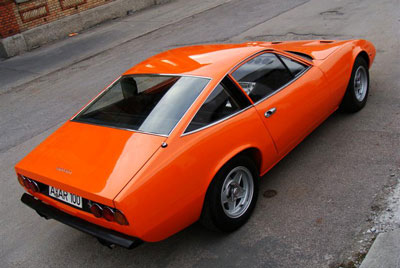
Arancio Vaguely (95.3.2943) s/n 15087
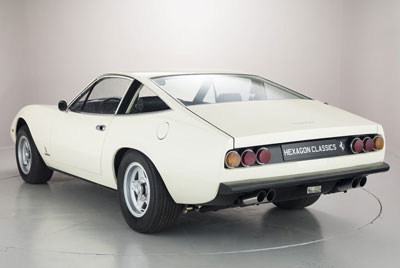
Avorio Le Tetrarch (2.662.016) s/n 14931
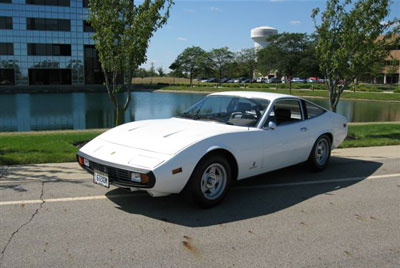
Bianco Polo Park (9.265.470/20-W-152) s/n 15309
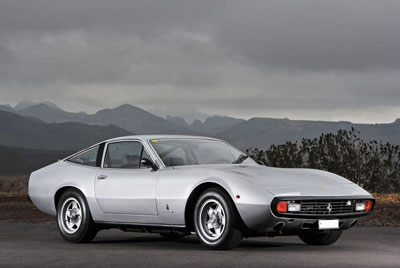
Argento Auteuil (106-E-1) s/n 15127
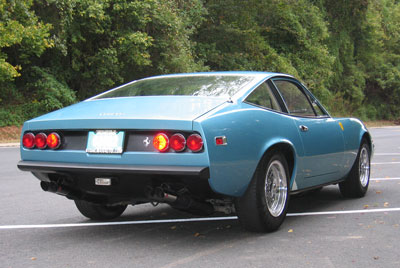
Azzuro California s/n 14947
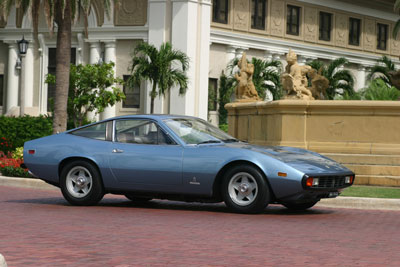
Azzurro Hyperion (2.443.648/106-A-32) s/n 14941

Celeste Gainsborough (2.443.625) s/n 14561
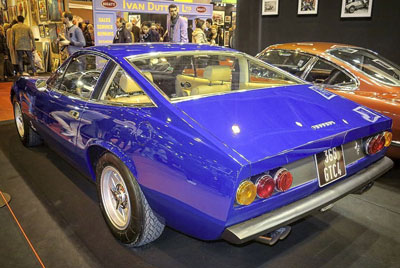
Blu Caracalla (2.666.901) s/n 15697
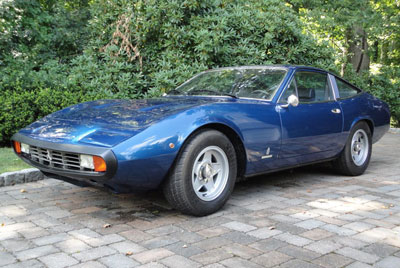
Blu Chiaro Met (106-A-38) s/n 14503
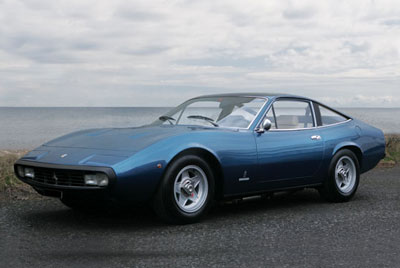
Blu Dino Met (106-A-72) s/n 16063
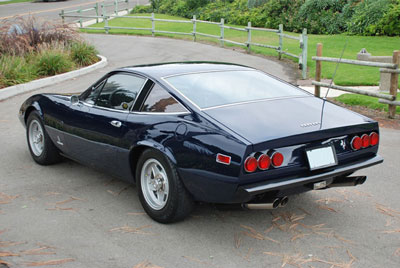
Blu Ortis (95.3.6159) s/n 15617
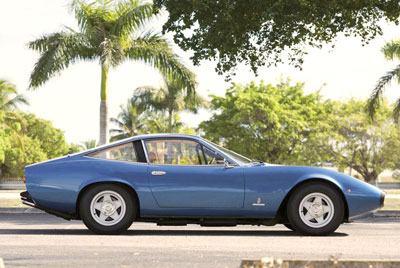
Blu Ribot (2.443.631) s/n 15859
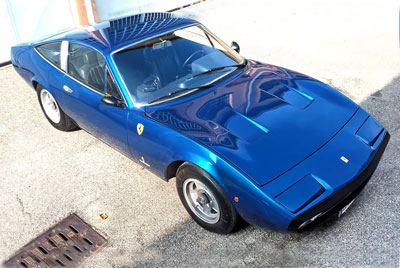
Blu Scuro (95C.6159) s/n 15139
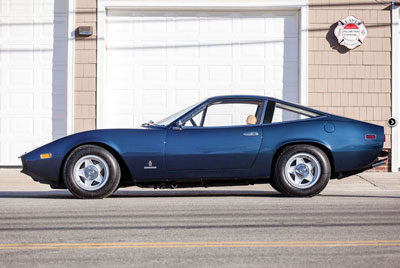
Blu Sera Met (106-A-18) s/n 15197
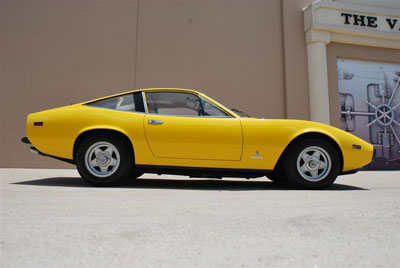
Giallo Fly (20-Y-191) s/n 15817
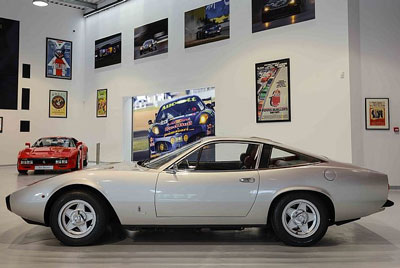
Grigio Argento (2.443.048) s/n 15249

Grigio Le Sancy (2.443.009) s/n 15711
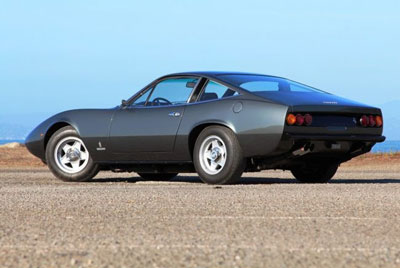
Grigio Mahmoud (2.443.931) s/n 16057
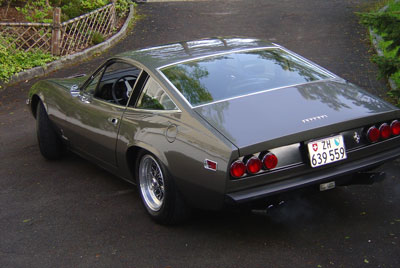
Grigio Orthello (2.448.813) s/n 15203
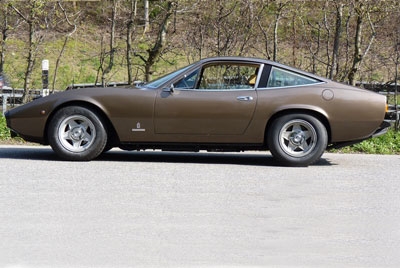
Marrone Colorado (2.443.221) s/n 16273
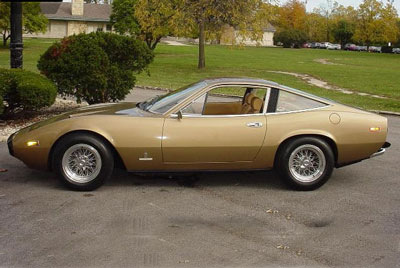
Oro Kelso (2.443.214) s/n 15337
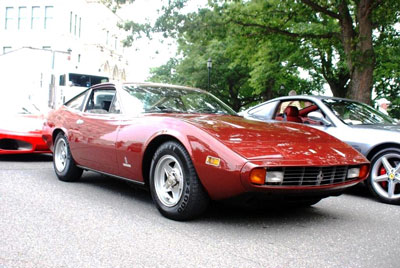
Amaranto Ferrari (20-R-188) s/n 14953
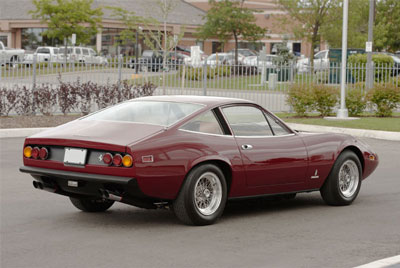
Rosso Barchetta s/n 15209
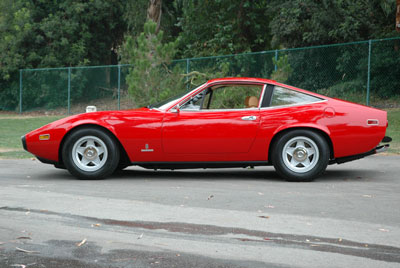
Rosso Chiaro (20-R-190) s/n 15505
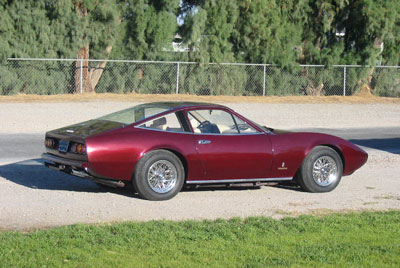
Rosso Cordoba Met (106-R-7) s/n 15765
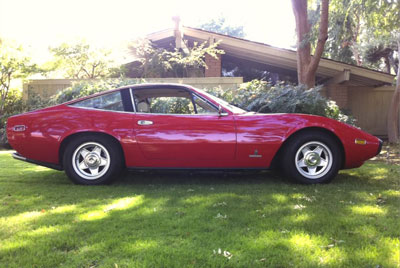
Rosso Ferrari (20-R-187) s/n 15343
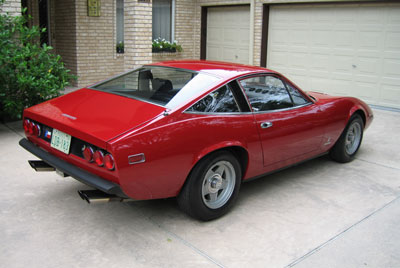
Rosso Nearco (2.664.032) s/n 15625
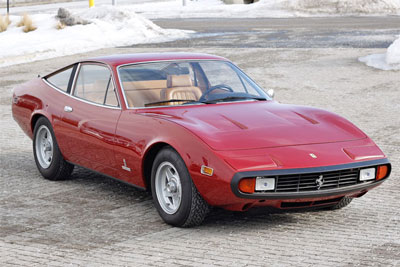
Rosso Rubino (106-R-83) s/n 14983
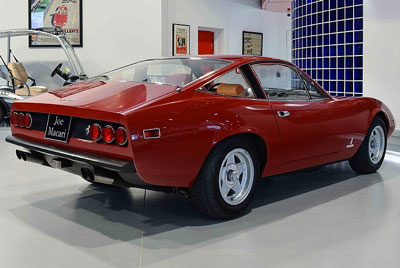
Rosso Sir Ivor (95.3.9301)
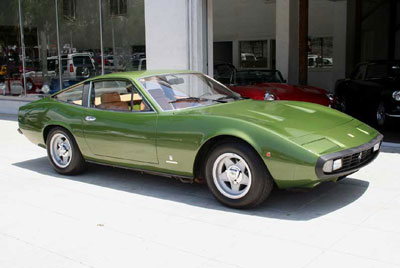
Verde Medio Met (106-G-29) s/n 15025
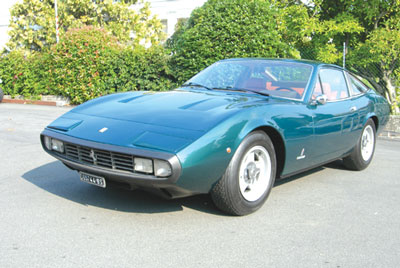
Verde Pino Blenheim s/n 14743
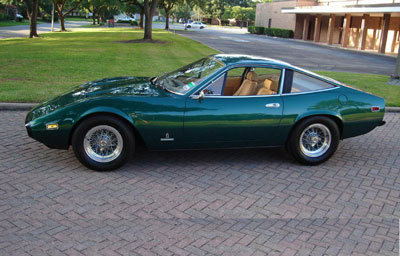
Verde Pino Met (106-G-30) s/n 15353